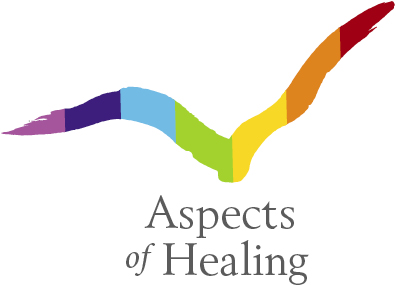About ten thousand years ago, the Hindus specialized in the study of the energy of the human body, giving rise to what we know today as Ayurveda or Ayurvedic Medicine. This denomination comes from the Vedas, the sacred Hindu scriptures, believed to be given by the Lord Brahma to the humankind with the purpose that we reached our state of enlightenment faster. Veda is the Sanskrit word for knowledge, which makes sense, as the Hindu people have always been very advanced in their studies of human energy.
The ancient manuals of yoga anatomy describe a framework of thousands of subtle energy channels or Nadis, through which the currents of our vital energy or Prana flow, energising and vitalising all parts of the body. Among all of them, three are the most important: Ida (Chandra or Moon), that flows through the left nostril; Pingala (Surya or Sun), that flows through the right nostril; and Sushumna, that only flows when Ida and Pingala are clear, without any obstruction.
The physical body is built around the subtle network of the nadis and is sustained by the flow of pranic energy through this network. For most people, prana flows through Ida and Pingala, but not through Sushumna. For that reason, a huge part of the total energy of our prana, referred in the Yoga manuals as Kundalini, remains in a potential state and is symbolised as a sleeping serpent coiled in the root chakra at the base of the spine.
Every single junction where two or more nadis meet create a spinning centre or vortex of energy called Chakra (wheel). These spinning centres of energy make the chakras to have a cone shape, spinning and spreading energy outwards its centre to other parts of the body. There are seven main chakras in the body, and they are located where Ida, Pingala, and Sushumna nadis meet along the spinal column. These seven main chakras are connected to our seven main endocrine glands, and they distribute energy to them.
The word yoga is derived from the Sanskrit root yuj, meaning “to yoke,” or “to unite”. So, the techniques of pranayama and other yoga practices are aimed to balance our seven main chakras, unblock Ida and Pingala and at the same time open up Sushumna, allowing the prana to flow through this middle channel. Then, having unblocked the Sushumna, the yogi rouses the sleeping serpent Kundalini at the root chakra and guides this tremendous energy upward along Sushumna, to the crown chakra at the top of the head. This is synonymous with the union of Shakti (cosmic potency) with Shiva (cosmic consciousness). It is said that such a union tends to neutralize ego-driven thoughts and behaviours, creating a sense of spiritual awakening. In other words, our cosmic vital energy meets the cosmic energy of the universe, creating a sense of unity with all there is.
